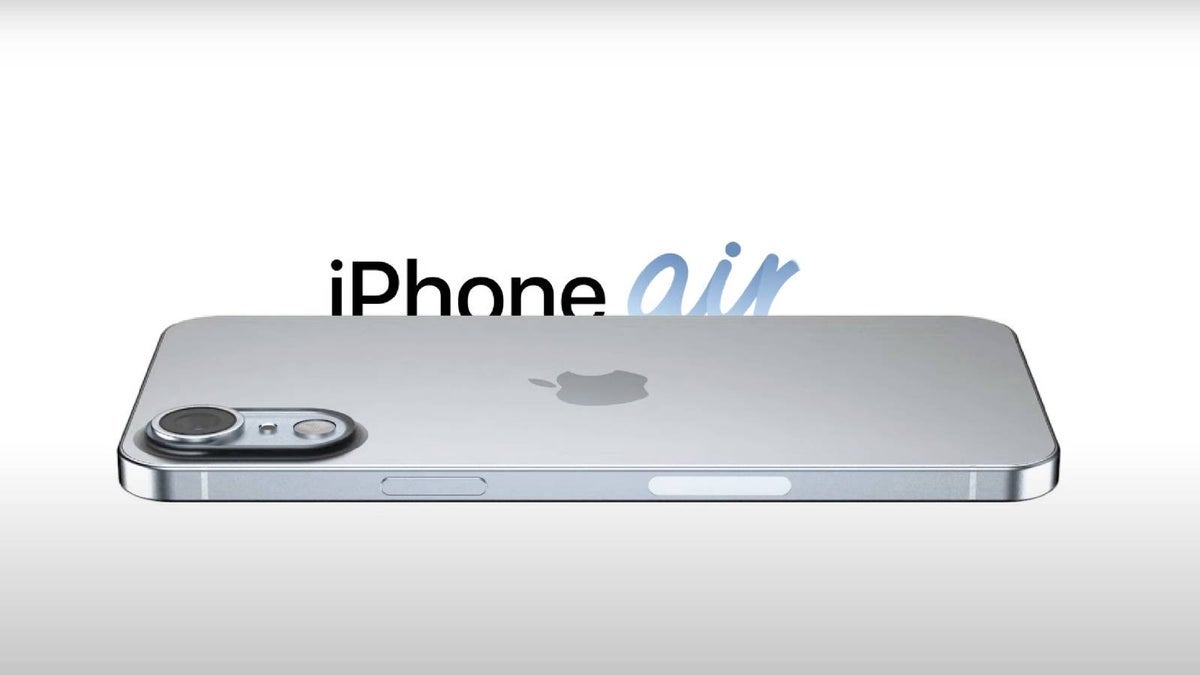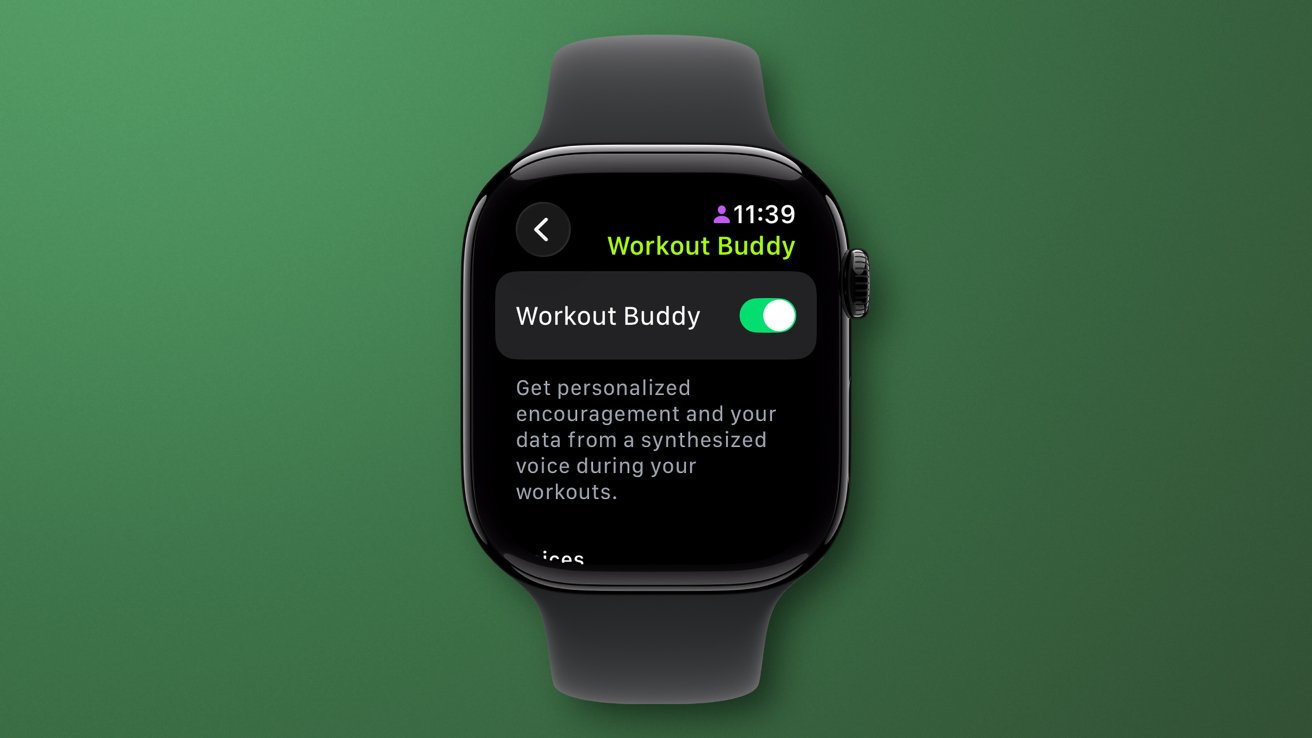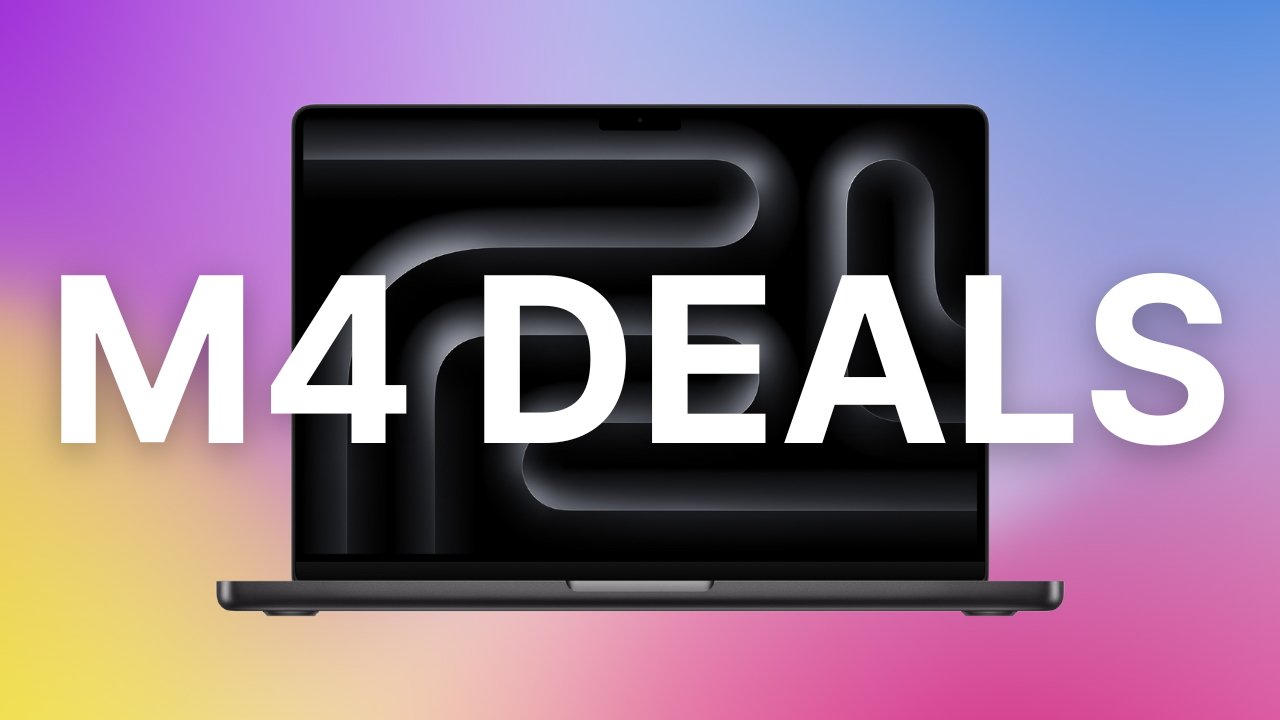Azure Fundamentals: Microsoft.Features
Unleashing Feature Flags: A Deep Dive into Microsoft.Features on Azure Imagine you're a product manager at a rapidly growing e-commerce company. You've been working on a major overhaul of the checkout process, promising a 20% increase in conversion rates. But deploying this change directly to all users is terrifying. A single bug could cripple sales during peak season. You need a way to roll out the new checkout, test it with a small subset of users, monitor its performance, and quickly revert if things go wrong – all without multiple deployments. This is where feature flags, and Azure's Microsoft.Features service, come into play. Today, businesses are increasingly reliant on continuous integration and continuous delivery (CI/CD) pipelines to stay competitive. Cloud-native applications, zero-trust security models, and hybrid identity solutions demand agility and control. According to a recent study by LaunchDarkly, 78% of software teams are using feature flags in production. Azure, recognizing this trend, provides Microsoft.Features as a robust and scalable solution for managing feature flags, enabling developers to decouple deployment from release, and empowering product teams to control the user experience with precision. This isn’t just about avoiding disasters; it’s about accelerating innovation and maximizing the impact of every release. What is "Microsoft.Features"? Microsoft.Features is an Azure service designed to manage feature flags (also known as feature toggles) for your applications. In essence, it's a centralized repository and management system for boolean switches that control the visibility and behavior of features within your software. Instead of deploying code changes to enable or disable functionality, you simply change the state of a feature flag. The core problem Microsoft.Features solves is the risk associated with traditional deployments. Deploying code doesn't have to mean releasing functionality. This decoupling allows for: Reduced Deployment Risk: Roll out features to a small percentage of users for testing before a full launch. Faster Iteration: Experiment with new features without impacting the entire user base. A/B Testing: Compare different versions of a feature to determine which performs best. Emergency Kill Switch: Quickly disable a problematic feature without requiring a rollback. Targeted Releases: Release features to specific user segments based on criteria like location, subscription level, or device type. The major components of Microsoft.Features include: Feature Flags: The core building blocks – named switches with a defined state (on/off, true/false). Targeting Rules: Define which users or groups of users see a particular feature flag state. Evaluation Context: Information about the user or request being evaluated (e.g., user ID, country, device). SDKs: Libraries for various programming languages that allow your application to evaluate feature flags. Azure Portal Integration: A user-friendly interface for managing feature flags and targeting rules. Companies like Contoso, a global financial services firm, use Microsoft.Features to safely roll out new trading algorithms to a small group of high-frequency traders before making them available to all clients. Similarly, Adventure Works, a bicycle manufacturer, uses it to A/B test different website layouts to optimize conversion rates. Why Use "Microsoft.Features"? Before the advent of feature flag services, developers often resorted to cumbersome and error-prone methods like branching, configuration files, or database flags. These approaches had several drawbacks: Complex Branching Strategies: Managing multiple branches for different features became a logistical nightmare. Configuration Drift: Keeping configuration files consistent across environments was challenging. Database Flags: Adding and managing flags directly in the database introduced complexity and potential performance issues. Slow Release Cycles: The need for extensive testing and coordination slowed down the release process. Microsoft.Features addresses these challenges by providing a centralized, scalable, and reliable solution for managing feature flags. Here are a few user cases: Retail Company (Seasonal Promotions): A retailer wants to launch a Black Friday promotion on November 24th at 6:00 AM PST. Using Microsoft.Features, they can create a feature flag that activates the promotion at the specified time, without requiring a code deployment. Healthcare Provider (New Patient Portal Feature): A healthcare provider is rolling out a new patient portal feature that allows patients to schedule appointments online. They want to initially release the feature to a small group of beta testers. Microsoft.Features allows them to target the feature flag to a specific user group based on their patient ID. Gaming Company (Game Balance Updates): A gaming company wants to adjust

Unleashing Feature Flags: A Deep Dive into Microsoft.Features on Azure
Imagine you're a product manager at a rapidly growing e-commerce company. You've been working on a major overhaul of the checkout process, promising a 20% increase in conversion rates. But deploying this change directly to all users is terrifying. A single bug could cripple sales during peak season. You need a way to roll out the new checkout, test it with a small subset of users, monitor its performance, and quickly revert if things go wrong – all without multiple deployments. This is where feature flags, and Azure's Microsoft.Features service, come into play.
Today, businesses are increasingly reliant on continuous integration and continuous delivery (CI/CD) pipelines to stay competitive. Cloud-native applications, zero-trust security models, and hybrid identity solutions demand agility and control. According to a recent study by LaunchDarkly, 78% of software teams are using feature flags in production. Azure, recognizing this trend, provides Microsoft.Features as a robust and scalable solution for managing feature flags, enabling developers to decouple deployment from release, and empowering product teams to control the user experience with precision. This isn’t just about avoiding disasters; it’s about accelerating innovation and maximizing the impact of every release.
What is "Microsoft.Features"?
Microsoft.Features is an Azure service designed to manage feature flags (also known as feature toggles) for your applications. In essence, it's a centralized repository and management system for boolean switches that control the visibility and behavior of features within your software. Instead of deploying code changes to enable or disable functionality, you simply change the state of a feature flag.
The core problem Microsoft.Features solves is the risk associated with traditional deployments. Deploying code doesn't have to mean releasing functionality. This decoupling allows for:
- Reduced Deployment Risk: Roll out features to a small percentage of users for testing before a full launch.
- Faster Iteration: Experiment with new features without impacting the entire user base.
- A/B Testing: Compare different versions of a feature to determine which performs best.
- Emergency Kill Switch: Quickly disable a problematic feature without requiring a rollback.
- Targeted Releases: Release features to specific user segments based on criteria like location, subscription level, or device type.
The major components of Microsoft.Features include:
- Feature Flags: The core building blocks – named switches with a defined state (on/off, true/false).
- Targeting Rules: Define which users or groups of users see a particular feature flag state.
- Evaluation Context: Information about the user or request being evaluated (e.g., user ID, country, device).
- SDKs: Libraries for various programming languages that allow your application to evaluate feature flags.
- Azure Portal Integration: A user-friendly interface for managing feature flags and targeting rules.
Companies like Contoso, a global financial services firm, use Microsoft.Features to safely roll out new trading algorithms to a small group of high-frequency traders before making them available to all clients. Similarly, Adventure Works, a bicycle manufacturer, uses it to A/B test different website layouts to optimize conversion rates.
Why Use "Microsoft.Features"?
Before the advent of feature flag services, developers often resorted to cumbersome and error-prone methods like branching, configuration files, or database flags. These approaches had several drawbacks:
- Complex Branching Strategies: Managing multiple branches for different features became a logistical nightmare.
- Configuration Drift: Keeping configuration files consistent across environments was challenging.
- Database Flags: Adding and managing flags directly in the database introduced complexity and potential performance issues.
- Slow Release Cycles: The need for extensive testing and coordination slowed down the release process.
Microsoft.Features addresses these challenges by providing a centralized, scalable, and reliable solution for managing feature flags.
Here are a few user cases:
-
Retail Company (Seasonal Promotions): A retailer wants to launch a Black Friday promotion on November 24th at 6:00 AM PST. Using
Microsoft.Features, they can create a feature flag that activates the promotion at the specified time, without requiring a code deployment. -
Healthcare Provider (New Patient Portal Feature): A healthcare provider is rolling out a new patient portal feature that allows patients to schedule appointments online. They want to initially release the feature to a small group of beta testers.
Microsoft.Featuresallows them to target the feature flag to a specific user group based on their patient ID. -
Gaming Company (Game Balance Updates): A gaming company wants to adjust the damage output of a particular weapon in their online game. Using
Microsoft.Features, they can dynamically adjust the weapon's stats without requiring a game update, allowing for rapid iteration and balancing.
Key Features and Capabilities
Microsoft.Features offers a rich set of features to empower developers and product managers:
-
Dynamic Configuration: Change feature flag states in real-time without redeploying code.
- Use Case: Quickly disable a buggy feature during peak hours.
- Flow: Product manager detects an issue -> Updates feature flag state in Azure Portal -> Application automatically reflects the change.
- Visual: https://learn.microsoft.com/en-us/azure/azure-features/concepts-dynamic-configuration
-
Targeting Rules: Control which users see which feature flag states.
- Use Case: Release a new feature to 10% of users in the US.
-
Flow: Define a targeting rule based on user location ->
Microsoft.Featuresevaluates the rule for each user request. - Visual: (Mermaid Diagram)
graph LR
A[User Request] --> B{Microsoft.Features SDK}
B --> C[Evaluate Feature Flag]
C --> D{Targeting Rules}
D -- Matches --> E[Feature Flag State (On/Off)]
D -- No Match --> F[Default Feature Flag State]
E --> A
F --> A
-
A/B Testing Support: Easily split traffic between different feature variations.
- Use Case: Compare two different checkout page designs.
-
Gradual Rollouts: Incrementally increase the percentage of users who see a new feature.
- Use Case: Roll out a new search algorithm to 1%, then 5%, then 25%, and finally 100% of users.
-
Remote Configuration: Manage application settings remotely without code changes.
- Use Case: Adjust the timeout value for a third-party API.
SDKs for Multiple Languages: Support for .NET, Java, Python, JavaScript, and more.
Azure Monitor Integration: Track feature flag usage and performance metrics.
Role-Based Access Control (RBAC): Control who can manage feature flags.
Auditing and Logging: Track changes to feature flag states and targeting rules.
-
Conditional Feature Flags: Combine multiple flags to create complex release scenarios.
- Use Case: Enable a new feature only if both a specific user segment and a certain time of day are met.
Detailed Practical Use Cases
-
Financial Services - Fraud Detection Algorithm: A bank is deploying a new fraud detection algorithm. They use
Microsoft.Featuresto roll it out to 1% of transactions initially, monitoring for false positives. If the algorithm performs well, they gradually increase the rollout percentage.- Problem: Deploying a faulty fraud detection algorithm could lead to legitimate transactions being blocked.
-
Solution: Use
Microsoft.Featuresfor a gradual rollout and continuous monitoring. - Outcome: Reduced risk of false positives and improved fraud detection accuracy.
-
E-commerce - Personalized Recommendations: An online retailer wants to personalize product recommendations based on user browsing history. They use
Microsoft.Featuresto enable the personalized recommendations for a small group of users and A/B test it against the existing recommendation engine.- Problem: Personalized recommendations might not improve conversion rates.
-
Solution: A/B testing with
Microsoft.Features. - Outcome: Increased conversion rates and revenue.
-
Healthcare - Telemedicine Integration: A hospital is integrating a new telemedicine platform. They use
Microsoft.Featuresto enable the platform for a specific group of doctors and patients, ensuring a smooth transition.- Problem: Integrating a new platform could disrupt existing workflows.
-
Solution: Targeted rollout with
Microsoft.Features. - Outcome: Seamless integration and improved patient care.
-
Manufacturing - Predictive Maintenance: A manufacturing company is implementing a predictive maintenance system. They use
Microsoft.Featuresto enable the system for a specific set of machines, monitoring its performance and accuracy.- Problem: Predictive maintenance algorithms might generate inaccurate predictions.
-
Solution: Controlled rollout and monitoring with
Microsoft.Features. - Outcome: Reduced downtime and improved efficiency.
-
Education - New Learning Module: An online learning platform is launching a new learning module. They use
Microsoft.Featuresto release the module to a small group of beta testers, gathering feedback and making improvements.- Problem: The new module might contain bugs or usability issues.
-
Solution: Beta testing with
Microsoft.Features. - Outcome: Improved module quality and user satisfaction.
-
Media & Entertainment - Content Streaming Optimization: A streaming service wants to test a new video codec for improved streaming quality. They use
Microsoft.Featuresto enable the codec for a subset of users and monitor its performance.- Problem: The new codec might introduce compatibility issues or performance problems.
-
Solution: Controlled rollout and performance monitoring with
Microsoft.Features. - Outcome: Improved streaming quality and user experience.
Architecture and Ecosystem Integration
Microsoft.Features seamlessly integrates into the broader Azure ecosystem. It sits alongside your application logic, leveraging Azure Active Directory for authentication and authorization, and Azure Monitor for logging and metrics.
graph LR
A[User] --> B(Application)
B --> C{Microsoft.Features SDK}
C --> D[Microsoft.Features Service]
D --> E[Targeting Rules & Flag States]
D --> F[Azure Active Directory]
D --> G[Azure Monitor]
B --> H(Other Azure Services - e.g., App Service, Functions)
Key integrations include:
- Azure App Service: Easily integrate feature flags into your web applications.
- Azure Functions: Control the behavior of serverless functions.
- Azure Kubernetes Service (AKS): Manage feature flags for containerized applications.
- Azure DevOps: Automate feature flag management as part of your CI/CD pipeline.
- Azure Monitor: Track feature flag usage and performance.
Hands-On: Step-by-Step Tutorial (Azure Portal)
Let's create a simple feature flag using the Azure Portal:
- Sign in to the Azure Portal: https://portal.azure.com
- Create a Microsoft.Features resource: Search for "Features" and click "Create". Provide a resource group, name, and location.
- Navigate to your Features resource: Once deployed, open the resource.
- Create a new Feature Flag: Click "Create feature flag".
-
Configure the Feature Flag:
-
Name:
NewCheckoutExperience - Description: "Enables the new checkout experience."
- Type: Boolean
-
Default State:
Off
-
Name:
-
Create a Targeting Rule: Click "Add targeting rule".
-
Name:
USUsers - Type: "User attribute"
- Attribute: "Country"
- Operator: "Equals"
- Value: "US"
-
State:
On
-
Name:
- Save the Feature Flag: Click "Create".
Now, in your application code (e.g., C#), you would use the Microsoft.Features SDK to evaluate the NewCheckoutExperience flag. The SDK would check if the user's country is "US". If it is, the new checkout experience would be enabled; otherwise, it would remain disabled. (Code example omitted for brevity, but available in Microsoft documentation).
Pricing Deep Dive
Microsoft.Features pricing is based on the number of feature flag evaluations. As of October 26, 2023, the pricing is tiered:
| Tier | Evaluations/Month | Price/100,000 Evaluations |
|---|---|---|
| Standard | Up to 10 Million | $0.0075 |
| Premium | 10 Million+ | $0.0065 |
Example: If your application evaluates feature flags 20 million times per month, your cost would be (20,000,000 / 100,000) * $0.0065 = $130.
Cost Optimization Tips:
- Cache Feature Flag States: Reduce the number of evaluations by caching the state of frequently used feature flags.
- Optimize Targeting Rules: Avoid complex targeting rules that require excessive processing.
- Monitor Usage: Track feature flag evaluation counts to identify potential cost drivers.
Caution: Unexpected spikes in traffic can lead to higher-than-expected costs. Consider setting up alerts to notify you of unusual activity.
Security, Compliance, and Governance
Microsoft.Features inherits the robust security features of Azure, including:
- Azure Active Directory Integration: Control access to feature flags using RBAC.
- Data Encryption: Data is encrypted at rest and in transit.
- Compliance Certifications: Compliant with various industry standards (e.g., SOC, ISO, HIPAA).
- Auditing and Logging: Track all changes to feature flags and targeting rules.
- Network Security: Integration with Azure Virtual Networks for secure access.
Integration with Other Azure Services
-
Azure App Configuration: Use
Microsoft.Featuresto control the rollout of configuration settings managed in Azure App Configuration. - Azure DevOps Pipelines: Automate feature flag creation and management as part of your CI/CD pipeline.
- Azure Monitor: Monitor feature flag usage and performance metrics.
- Azure Logic Apps: Trigger actions based on changes to feature flag states.
- Azure Event Grid: Receive notifications when feature flags are updated.
Comparison with Other Services
| Feature | Microsoft.Features | LaunchDarkly |
|---|---|---|
| Pricing | Pay-as-you-go, based on evaluations | Subscription-based, tiered pricing |
| Azure Integration | Seamless integration with Azure services | Requires integration with Azure |
| Complexity | Relatively simple to set up and use | More feature-rich, potentially more complex |
| Targeting Capabilities | Robust targeting rules | Advanced targeting options |
| SDK Support | Wide range of SDKs | Extensive SDK support |
Decision Advice: If you're already heavily invested in the Azure ecosystem and need a simple, cost-effective feature flag solution, Microsoft.Features is a great choice. If you require advanced targeting capabilities and are willing to pay a premium, LaunchDarkly might be a better fit.
Common Mistakes and Misconceptions
- Overusing Feature Flags: Don't create flags for every minor change. Focus on high-risk or complex features.
- Forgetting to Clean Up Flags: Remove flags once the feature is fully released. Technical debt accumulates quickly.
- Ignoring Monitoring: Track feature flag usage and performance to identify potential issues.
- Lack of Documentation: Document the purpose and behavior of each feature flag.
- Insufficient Testing: Thoroughly test feature flags before releasing them to production.
Pros and Cons Summary
Pros:
- Seamless Azure integration
- Cost-effective pay-as-you-go pricing
- Robust security features
- Easy to use and manage
- Scalable and reliable
Cons:
- Fewer advanced features compared to some competitors
- Limited targeting options compared to specialized platforms
Best Practices for Production Use
- Security: Implement RBAC to control access to feature flags.
- Monitoring: Track feature flag usage and performance metrics.
- Automation: Automate feature flag creation and management using Azure DevOps.
- Scaling: Design your application to handle a large number of feature flag evaluations.
- Policies: Establish clear policies for feature flag usage and cleanup.
Conclusion and Final Thoughts
Microsoft.Features is a powerful tool for managing feature flags and decoupling deployment from release. By embracing feature flags, you can reduce risk, accelerate innovation, and deliver value to your users faster. As cloud-native development continues to evolve, feature flags will become increasingly essential for building resilient and adaptable applications.
Ready to take control of your releases? Start exploring Microsoft.Features today and unlock the power of feature flags! https://azure.microsoft.com/en-us/products/azure-features/












































































































































































![[The AI Show Episode 154]: AI Answers: The Future of AI Agents at Work, Building an AI Roadmap, Choosing the Right Tools, & Responsible AI Use](https://www.marketingaiinstitute.com/hubfs/ep%20154%20cover.png)
![[The AI Show Episode 153]: OpenAI Releases o3-Pro, Disney Sues Midjourney, Altman: “Gentle Singularity” Is Here, AI and Jobs & News Sites Getting Crushed by AI Search](https://www.marketingaiinstitute.com/hubfs/ep%20153%20cover.png)























































































































![[FREE EBOOKS] The Chief AI Officer’s Handbook, Natural Language Processing with Python & Four More Best Selling Titles](https://www.javacodegeeks.com/wp-content/uploads/2012/12/jcg-logo.jpg)










































































![GrandChase tier list of the best characters available [June 2025]](https://media.pocketgamer.com/artwork/na-33057-1637756796/grandchase-ios-android-3rd-anniversary.jpg?#)




































































_Frank_Peters_Alamy.jpg?width=1280&auto=webp&quality=80&disable=upscale#)














































































































![Apple Weighs Acquisition of AI Startup Perplexity in Internal Talks [Report]](https://www.iclarified.com/images/news/97674/97674/97674-640.jpg)
![Oakley and Meta Launch Smart Glasses for Athletes With AI, 3K Camera, More [Video]](https://www.iclarified.com/images/news/97665/97665/97665-640.jpg)

![How to Get Your Parents to Buy You a Mac, According to Apple [Video]](https://www.iclarified.com/images/news/97671/97671/97671-640.jpg)






















![New accessibility settings announced for Steam Big Picture Mode and SteamOS [Beta]](https://www.ghacks.net/wp-content/uploads/2025/06/New-accessibility-settings-announced-for-Steam-Big-Picture-Mode-and-SteamOS.jpg)













































